#royal blue and gold aso ebi
Explore tagged Tumblr posts
Text
WAKANDA FOREVER : African Destination Wedding
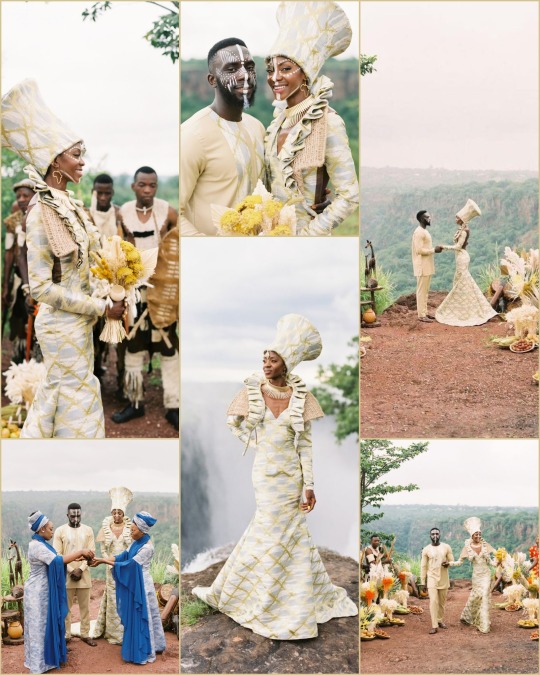
The Wakanda Forever Destination Wedding occurs in Zambia Africa at the Victoria Falls outdoor landscape and scenery area. The wedding ceremony includes a mix of traditional African rituals from the jumping of the broom, to libations for the ancestors and the traditional wedding money (prosperity) dance with African drumming.
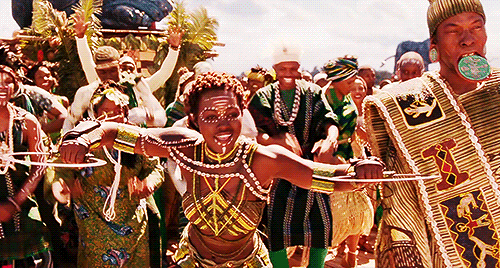
In much of Africa, drums are considered to symbolize and protect royalty. There are many kinds of African drums, including the djembe.

Attire will include themed looks and colors from the Wakanda Forever movie. The color palette is Royal Purple and Glistening Gold with Warrior Red, Protective Blue, Earthly Brown and Compassion Green, Beautiful Black and Natural White.

The African attire includes the Zulu inspired hat of the black panther mother called Isicolo and a distinctive style of blanket, known as Basotho blankets, worn traditionally by tribal people from Lesotho.

Isicolio Hats: Can be traced to Zulu culture, where women have traditionally weaved hats from grass and cotton to wear on special ceremonies such as weddings.

Basotho Blankets : The distinctive style of blanket, worn traditionally by tribal people from Lesotho. This blanket, commonly worn wrapped around a high-status person like a cloak.
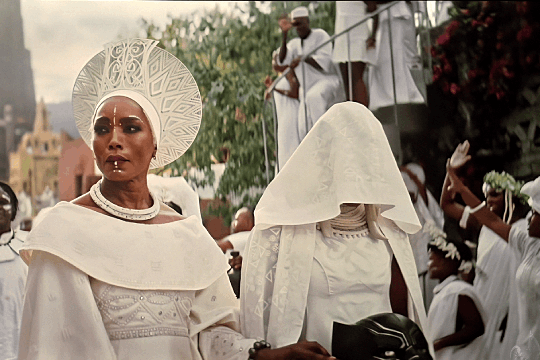
Aso Ebi : The word “Aso” means cloth and “Ebi” means family, so it literally means “family cloth”. It a way for friends to show closeness to the family during ceremonial events by matching.

This ceremony is a private event for only a select family members and friends that occurs during the daytime right before the sun sets on a beautiful Sunday Evening.

Jumping of the Broom : Some believe that it originated in West Africa. The broom is waved over the couple's head to ward off evil and than placed on the ground and the couple jumps over it for new beginnings.
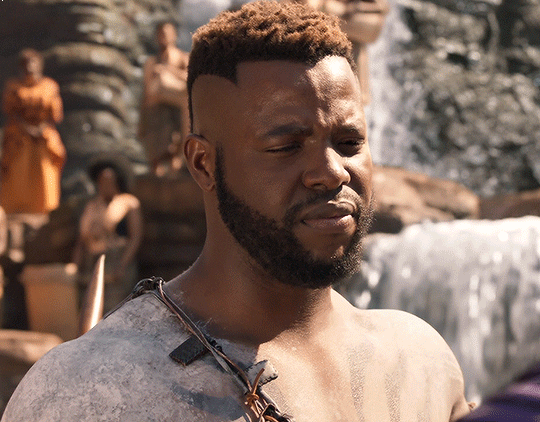
Libations : They pour holy water or alcohol on the grounding each of the four cardinal directions. They then recite prayers to the ancestral spirits, and calls out the names of those that have recently passed away. This African tradition is aimed to appease the ancestors and bless the bride and groom.
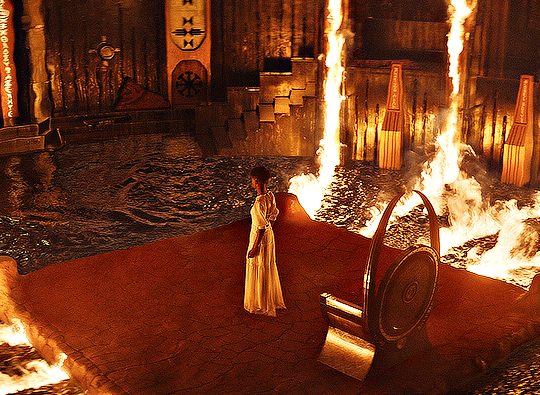
The 4 Elements : The Yoruba have a wedding tradition called the tasting of the four elements. During that ceremony, the bride and groom get a literal taste of flavors that represent the distinct stages in a marriage. A lemon slice is for sour to represent the disappointments the couple will face. A sip of vinegar is for the bitterness they must overcome in fights and trying times. Cayenne is a hot element to show a way of bringing spice and passion to the relationship. Finally, a sweet spoonful of honey to show the joy in marriage.


The destination wedding guest will lodge and conclude the events indoors at the Victoria Falls Safari Lodge restaurant. The beautiful waterfall scenery has a resemblance from the Wakanda Forever movie.
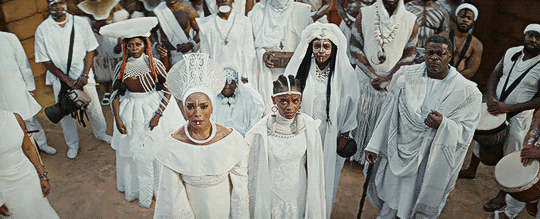
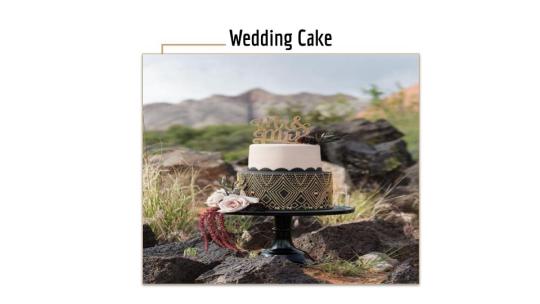
The cake is simple yet flows with the theme and the menu will be mostly vegetarian with fish and delicious but simple sides of rice, vegetables and dessert. Fruit baskets will be presented to the bride and groom along with other gifts found in their wedding suite.

Andria Jones : African Destination Wedding Design
Designing Weddings & Other Ceremonies - Theater 110 -UNCG
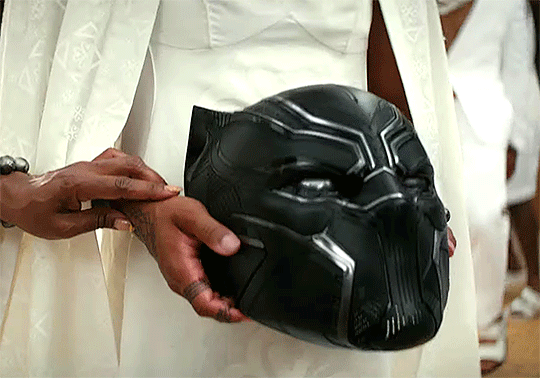
REFERENCES

#lovefya#culture#wakandaforever#destinationwedding#africantheme#africandrums#blackpanther#zambiafalls#ceremonydesign#eventplanner#weddingplanner#winstonduke#wakanda#blackart
8 notes
·
View notes
Text
Royal Blue and Yellow Aso Ebi : Beautiful Styles
Royal Blue and Yellow Aso Ebi : Beautiful Styles
Hello … It’s Time for us to rock colourful aso ebi Styles. today we present with royal blue and yellow aso ebi that will make you stand out of the guests at party. these colour combination are really great when it come Lace fabric it rock them well.
Here are lovely royal blue and yellow aso ebi styles check them out below
Video : Aso Ebi Gallery Colour Combination to Rock Season This Year
View On WordPress
#blue and yellow ankara#royal blue and gold aso ebi#royal blue and pink aso ebi#royal blue and silver aso ebi#royal blue and yellow aso ebi#yellow and blue aso ebi#yellow and blue asoebi pictures#yellow and purple aso ebi#yellow and silver aso ebi
0 notes
Text
The Fabric of Nigerian Weddings
Dola Fatunbi Olutoye, 25, was ecstatic after becoming engaged last November to Dr. Yinka Olutoye, 26. She knew she wanted a traditional Nigerian wedding, but needed help executing the cultural elements of the ceremony, which took place on May 25 in Houston.
Mrs. Olutoye, a pharmacy student from Houston, and Dr. Olutoye, a recent medical school graduate, are both Nigerian-Americans who are part of the Yoruba ethnic group, which is heavily concentrated in the Southwest region of Nigeria.
On the top of her to-do list, after graduating from pharmacy school and starting a residency program, was to shop for traditional fabrics, which have become emblematic of Nigerian weddings today.
“Nigerian weddings are full of color, vibrant, and are flashy,” said Mrs. Olutoye, who has attended many traditional Nigerian weddings in her hometown. “Without your fabrics, you’re not having a traditional Nigerian wedding.”
In Houston and throughout other Nigerian enclaves, like Atlanta, New York and Baltimore, Nigerian wedding ceremonies are especially opulent. Guest lists can number in the hundreds — a cultural holdover from Nigeria, where significant life events were typically community gatherings open to close relatives and loose acquaintances. With such a big audience, a bride aims to impart regality, vibrancy and thoughtfulness in each of her bridal looks.
With the help of her mother, Modupe Fatunbi, who had connections to a fabric distributor in Asia, Mrs. Olatoye picked out the colorful, patterned yards of lace and silk for each of her ensembles. They featured: a champagne and rose gold-color set, heavily beaded with pearls and embroidered flowers for her Yoruba traditional wedding (also known as the engagement ceremony); a royal blue dress with a detachable skirt for her western wedding, which included a conventional white gown; and various fabrics for three thanksgivings after the wedding, when the couple receives well-wishes and blessings from friends and family.
To streamline the process, Mrs. Olutoye enlisted the assistance of Doyin Fashakin, the owner of Doyin Fash Events, a luxury bridal consultancy and events company in Houston. Mrs. Fashakin, also of Nigerian heritage, knew the subtle fashion elements necessary for an authentic cultural wedding, and wears many informal hats during the wedding preparation process — family therapist, budget enforcer and fashion consultant for anxious clients.
“When you’re picking out your outfits, it’s very important that you select something unique and colorful but also of quality,” said Mrs. Fashakin, who along with overseeing the more logistical aspects of planning a wedding, also helps brides source fabrics and accessories for their ensembles from vendors in Nigeria, Switzerland, Dubai and Australia.
What makes a good fabric? “No synthetic fibers or blends; the material should be 100 percent lace or silk,” Mrs. Fashakin said. “The material also shouldn’t bunch or fade. There shouldn’t be loose threads and it should always feel good against your skin.”
Chioma Nwogu-Johnson of Dure Events, a wedding and events company in Houston, said that while planning a wedding in Houston is more cost-effective than in New York, the brides who procure her services still spend from $100,000 to $300,000 or more to host their nuptials. A sizable budget — sometimes $10,000 or more — is usually allocated to wedding fashions. Couples also absorb the cost to outfit large bridal parties and select attendees in aso ebi (translating to “family clothes,” or a uniform dress worn by friends of the couple as a show of solidarity). Some brides opt to send their raw fabrics to trusted tailors in Nigeria, where the craft work is less expensive.
“Nigerian brides spend months searching for their wedding fabrics looking for something distinct — something that no one else will have — and that can sometimes be a tedious and frustrating process for brides,” said Ms. Nwogu-Johnson, whose clients often include affluent professionals, like medical doctors, engineers and oil contractors. “They want to make sure that no other brides are wearing their fabrics. More than anything, they want to make sure they stand out.”
Social media can provide some inspiration for brides. The hashtag #nigerianwedding on Instagram touts more than 3 million posts, showing brides in all manner of colors, fabrics and bridal party size.
The style of dress at Nigerian occasions will vary, depending on the tribe of the celebrants. For instance, brides from the Igbo people, another major ethnic group concentrated primarily in south-central and southeastern Nigeria, adorn themselves with coral beads signifying royalty, and at times use George fabric, a heavily embroidered material from India.
Material made of lace is also popular for many Nigerian brides across tribes, as are other textiles like silk and tulle, embellished with hand-stitched beads, stones and pearls tailored painstakingly to a bride’s taste.
Many brides spare no expense in making what the Yoruba people call their aso oke or top clothes, made of a matching buba blouse and iro, a swath of fabric wrapped around the waist. A heavy sash of complementary fabric, called an iborun, is draped on one shoulder. The bride’s ensemble is matched to her husband’s tunic and pants set, along with his agbada draping and fila hat.
But perhaps the most important part of any Nigerian bride’s look is her gele, a scarf or fabric folded into an ornate shape atop a woman’s head. The gele is standard in African women’s wear, although called by different names throughout the continent. A bride’s look is incomplete without it.
Tying gele requires artistry, nimble fingers and a touch of originality; no two geles are tied the same. “A well-tied gele at a wedding is what an ascot is at the Kentucky Derby,” said Hakeem Oluwasegun Olaleye, a bridal stylist based in Houston who is known within the bridal circuit as Segun Gele. Named for his skill in fashioning the head scarves, Mr. Olaleye is commissioned to wrap geles around the heads of brides and female attendees at weddings around the world.
“Geles are art — it is your crowning glory,” Mr. Olaleye said. “It’s as important as your hair. You can wear a cheap dress and have your head wrap beautifully done and no one will notice your outfit. Your gele is the focal point.”
When Charlye Nichols Egbo, 31, a luxury property manager in Houston, married her husband Stanley Egbo, 38, who works in oil and gas logistics, in March, she employed five distinct dress changes for her traditional engagement and western wedding, sourcing materials from Nigeria and Turkey. With nods to her husband’s Igbo culture — Mrs. Egbo, who is African-American — solicited help from Ms. Nwogu-Johnson and Mr. Egbo’s three sisters to pull each of her distinct bridal looks together. One of her looks was a heavily beaded navy and gold embroidered ensemble with an embellished floral sleeve made from fabric bought in Dubai. Another outfit — a sparkling, two-tone red set number with coral neckwear — was complemented by a fuchsia-laden aso ebi party of 27 and a custom-made white gown by Esé Azénabor, a Nigerian atelier.
“Every suit maker, every dressmaker we used was Nigerian, Mrs. Egbo said. “I could have bought a gown from Vera Wang, but it was important to us to maintain authenticity, which made everything that more intimate and that more special.”
Continue following our fashion and lifestyle coverage on Facebook (Styles and Modern Love), Twitter (Styles, Fashion and Weddings) and Instagram.
Sahred From Source link Fashion and Style
from WordPress http://bit.ly/2KPNTms via IFTTT
0 notes